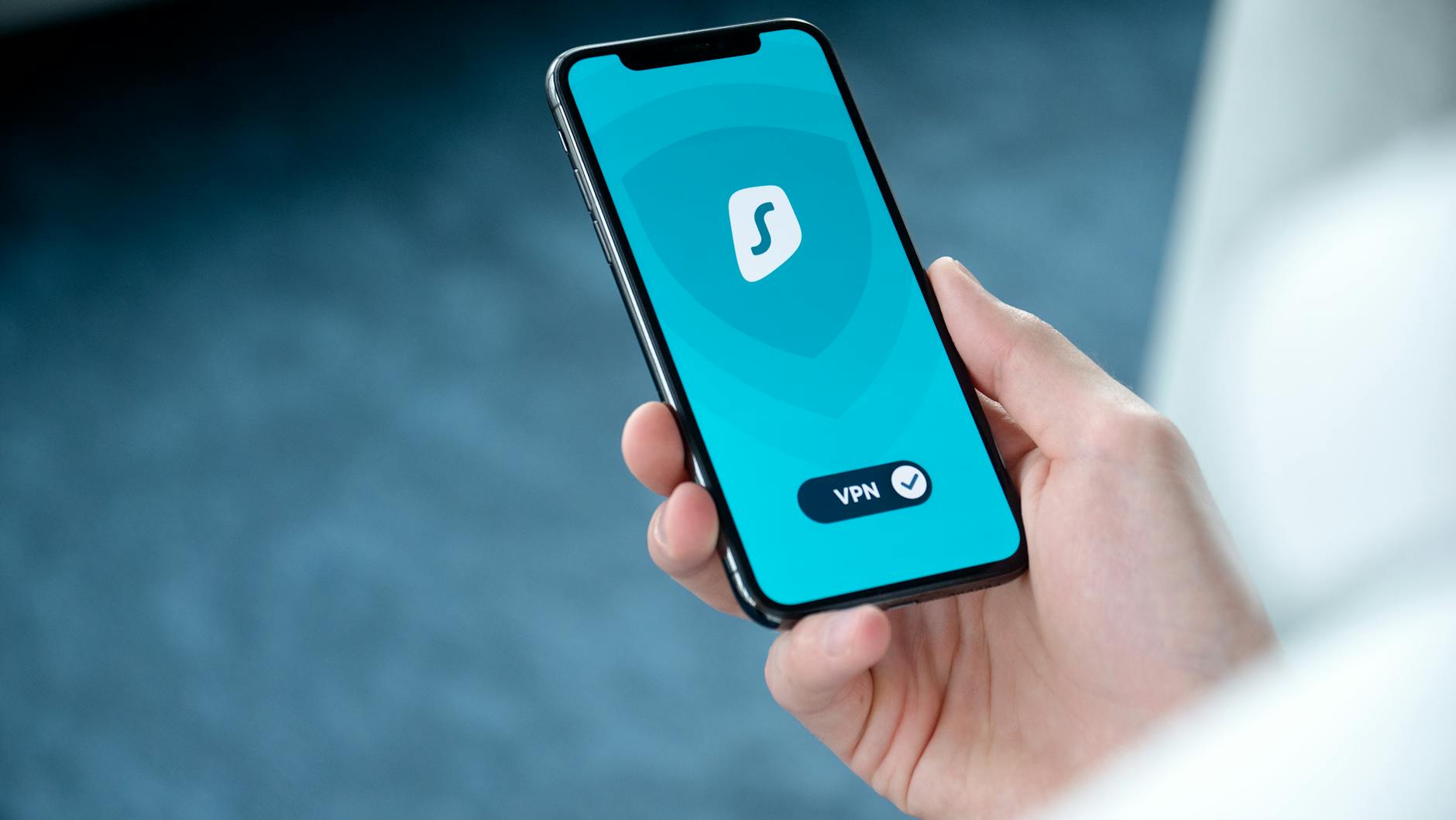In today’s digital age, where our smartphones have become extensions of ourselves, protecting our privacy and data is paramount. App permissions play a crucial role in securing our phones and ensuring that only the necessary information is shared with applications. Understanding and managing app permissions can help users maintain control over their devices and safeguard their personal information. This article delves into the importance of app permissions, how they work, and offers tips on how to effortlessly control them to enhance the security of your phone.
The Basics of App Permissions
When you install a new app on your phone, it requests certain permissions to access specific features or data. These permissions can range from accessing your camera, microphone, contacts, and location to browsing your files or sending notifications. While some permissions are essential for the app’s functionality, others may raise red flags regarding potential privacy risks.
Why App Permissions Matter
Granting excessive permissions to an app can lead to data misuse, privacy breaches, or even identity theft. Cybercriminals may exploit these permissions to steal sensitive information or track your online activities. By understanding and actively managing app permissions, you reduce the likelihood of falling victim to malicious actors and protect your digital footprint.
Managing App Permissions on Android and iOS
Both Android and iOS provide users with the ability to control app permissions, albeit through slightly different processes. On Android devices, you can review and adjust app permissions by navigating to the Settings menu, selecting Apps, and then tapping on the specific app you wish to manage. From there, you can toggle permissions on or off based on your preferences.
In contrast, iOS users can manage app permissions by going to the Settings app, selecting Privacy, and then choosing the relevant category such as Location Services, Camera, or Microphone. Here, you can view which apps have access to specific features and modify their permissions accordingly.
Tips for Effortlessly Controlling App Permissions
1. Regularly Review Permissions: Periodically check the permissions granted to your apps and revoke access to any unnecessary or unused features.
2. Opt for Minimal Permissions: When downloading new apps, scrutinize the requested permissions and avoid granting access to data or functions that seem excessive.
3. Update Apps Regularly: Always keep your apps updated to ensure that any security vulnerabilities or permission issues are patched promptly.
4. Utilize Privacy Settings: Explore the privacy settings on your device to customize app permissions and restrict access to sensitive data.
Conclusion
App permissions are a crucial aspect of smartphone security, enabling users to maintain control over their data and privacy. By understanding how app permissions work and implementing proactive measures to manage them effectively, you can enhance the security of your phone and safeguard your personal information. Remember that securing your phone with effortless control over app permissions is not only a prudent practice but also a proactive step towards ensuring a safe and protected digital experience.



